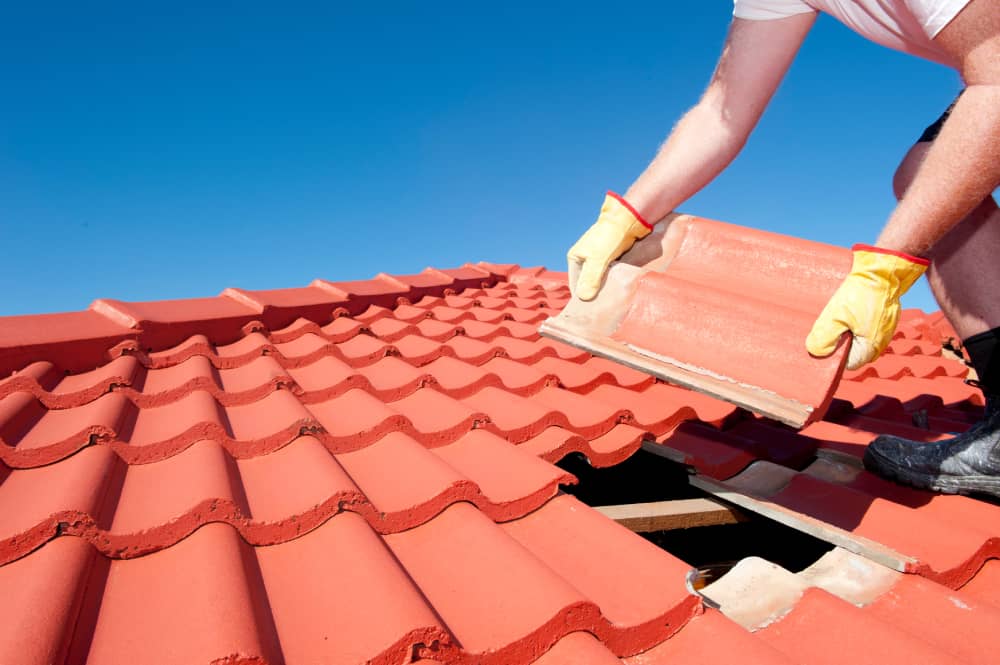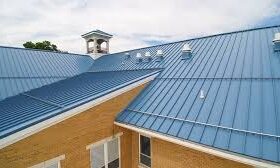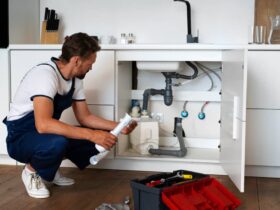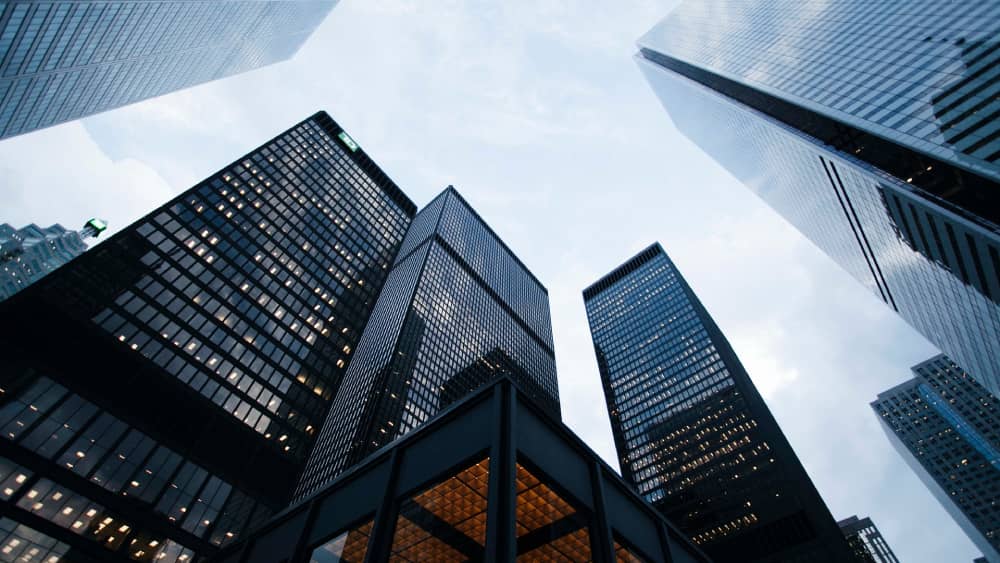Hearing your home is flooded never news you want to hear. Apart from damages to your house, plumbing issues can cause quite a headache. Although proper plumbing repair and maintenance is a must, the first thing to prioritize is addressing the existing damage and restoring your home so it can be inhabitable.
Depending on the damages, for your safety, you may not be able to stay inside your home. Apart from a possible mold infection, you might not be able to turn off the main electrical circuit, which could cause accidents inside your property. With that, staying at another location during the restoration could be the best option.
After having approval to go back to your home, listed below are the top after-flood home restoration tips:
1. Hire A Professional Service
Deciding to restore everything on your own after a home flood damage could involve taking multiple days off work, leaving you frustrated and out of money. Along with this, you’re not sure if you’re doing the job right, especially if water damage has seeped deep into the walls. To ensure that you restore your home perfectly, consider hiring a professional service like ServPro of Lee & South Chatham Counties or another similar business that could do outstanding work on your property.
Hiring a professional water damage restoration service could give you the confidence that they’re doing the best service on your household. Apart from making your home look new, they could also provide proper replacements and repairs in your home, preventing any issues that could arise in the future. A specialist could thoroughly inspect every corner of your home and check which areas should be focused on for recovery, rebuilding the comfort of your home at a faster pace.
2. Check For Mold Or Mildew
After completely removing all the water inside your home, the next thing to do is check your property for mold or mildew to prevent further damage or serious health concerns. Molds, caused by moisture, are most likely to develop inside a property as early as 24 to 28 hours after water exposure and can appear on your walls, floors, and other existing furniture.
Ideally, you can remove minimal molds inside your property by using water and bleach mold cleaner. As you do this, ensure that you wear protective gloves to avoid the mold touching your bare skin. Along with this, you should also consider using a dehumidifier to get rid of the extra moisture inside the property. Trying to get the home as dry as possible throughout the process could help with preventing more mold growing while you try to get rid of it.
Moreover, if your property accumulates too much mold to the point you cannot remove it yourself, hiring a professional might be an option to consider. Facing massive amounts of mold could cause health concerns and make the space a dangerous place to dwell in. A professional could have the right protective tools to can keep them safe as they remove molds inside your property. In severe cases, they might recommend starting from scratch and replacing your walls or floors for a fresh start.
3. Replace Your Flooring
Whether you have hard wood floors or carpet, you can expect your floor won’t look the same after a flood. With carpet, although you could try to dry and deep clean them, it may not put you at peace that the entire area is free from any mold or mildew. If you have carpet, it might be best to replace the floor with hardwood or a fresh layer of carpet. This way, you can see what happened underneath the existing carpet and can address any current or potential issues.
As you replace your flooring, ensure there’s no other existing issues inside the property. A small amount of mold or mildew could immediately damage your new floor and put your money to waste. Ideally, replacing your flooring should be the last thing you do with a home restoration, so you ensure there isn’t any damage to the newest parts of your property.
4. Take Out Home Furniture

If your furniture has been affected by a flood, you should take them out of the home immediately and allow them to air dry in the sun. While upholstered furniture might need a separate process to remove water, placing items in the sun may work for wooden, plastic, metal, and cushioned furniture to prevent mold from forming inside.
For your cushioned furniture, it might be best to allow proper time for the entire item to dry before bringing it back inside. To ensure that no molds are developing inside the fabric and cushion, you might want to consider hiring a professional service to deep clean them. These individuals may be able to clean your sofa, mattress, and other cushions thoroughly and free them from any bacteria or mold build-up. However, if you feel unsure that the water hasn’t caused irreparable damage and fear about mold and your safety, you might want to consider replacing all of the furniture for help with your peace of mind.
5. Call For A Plumber
If the flood inside your home is due to plumbing issues, you should hire a professional plumber to look after the condition and health of your pipes. For a situation where a pipe has caused a leak, trying to fix the problem yourself wouldn’t be the best solution. There could be other underlying issues you’re not aware of, and if they aren’t addressed when the leak happens, you could find yourself with another flood. To ensure the quality of your pipes, hire a professional plumber to take a look and clear you of any other potential issues.
Once you hire a plumber, they can inspect the cause of the water damage and look for ways to restore your home to a suitable condition. Moreover, a specialist could provide you with maintenance tips, so you don’t find yourself in the same situation. Knowing a professional has thoroughly looked at your pipes, located the main source of damage, and provided appropriate actions could give you peace of mind.
Conclusion
Home damage is never an easy task to overcome, especially when the results are severe. While it could be costly to repair your home, it’s a must to guarantee the safety of everyone. Prevent potential injury to your kids, parents, or yourself, and make sure any issue caused by the flood is addressed and fixed quickly. The last thing you’d want to happen is a floor to break and give way.
After removing any water inside your property, try to restore your home to its original condition as close as possible and make it a safe place for everyone to enjoy. Most importantly, be prepared to reach out and hire help if you want the comfort that your home’s in tip-top shape.















